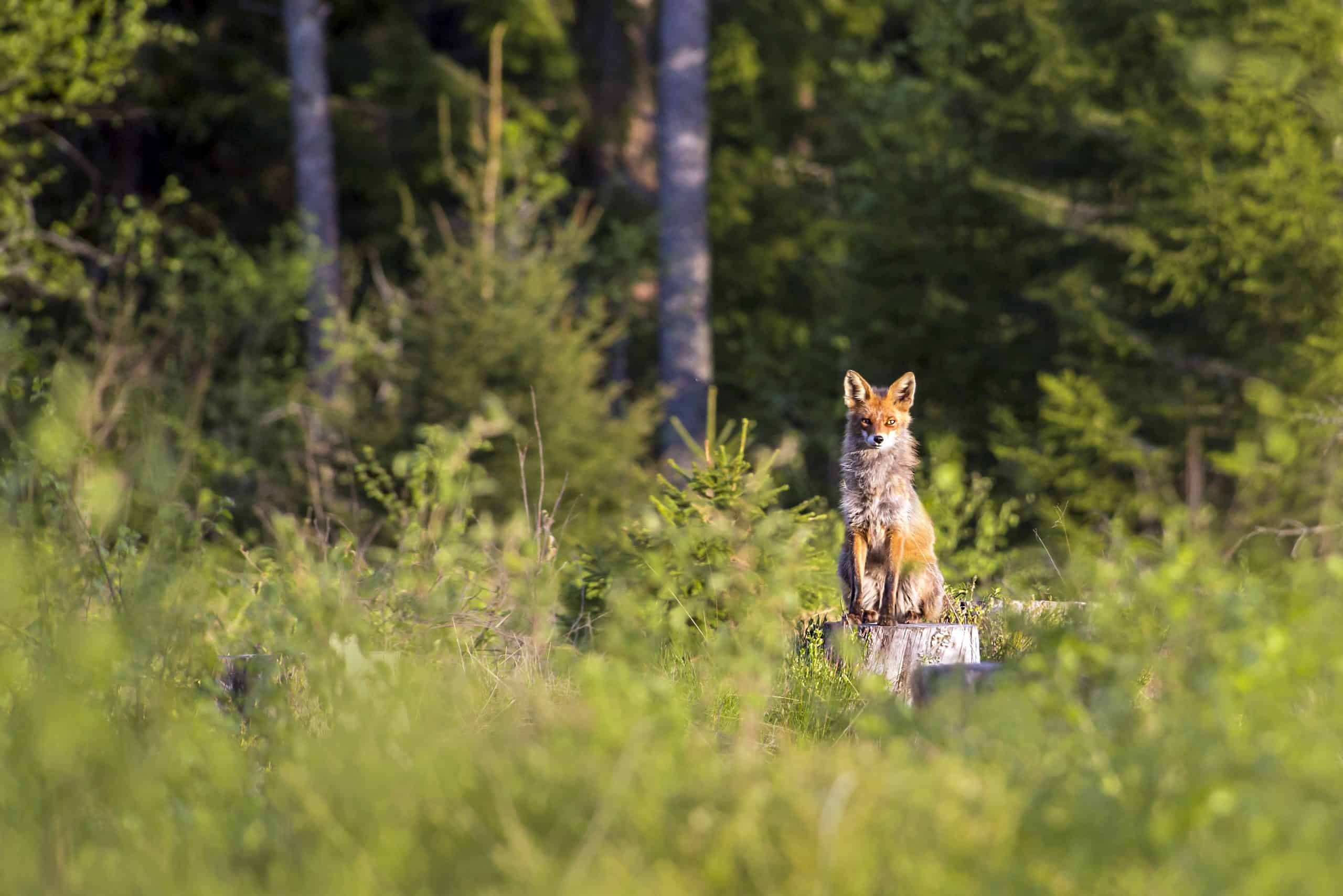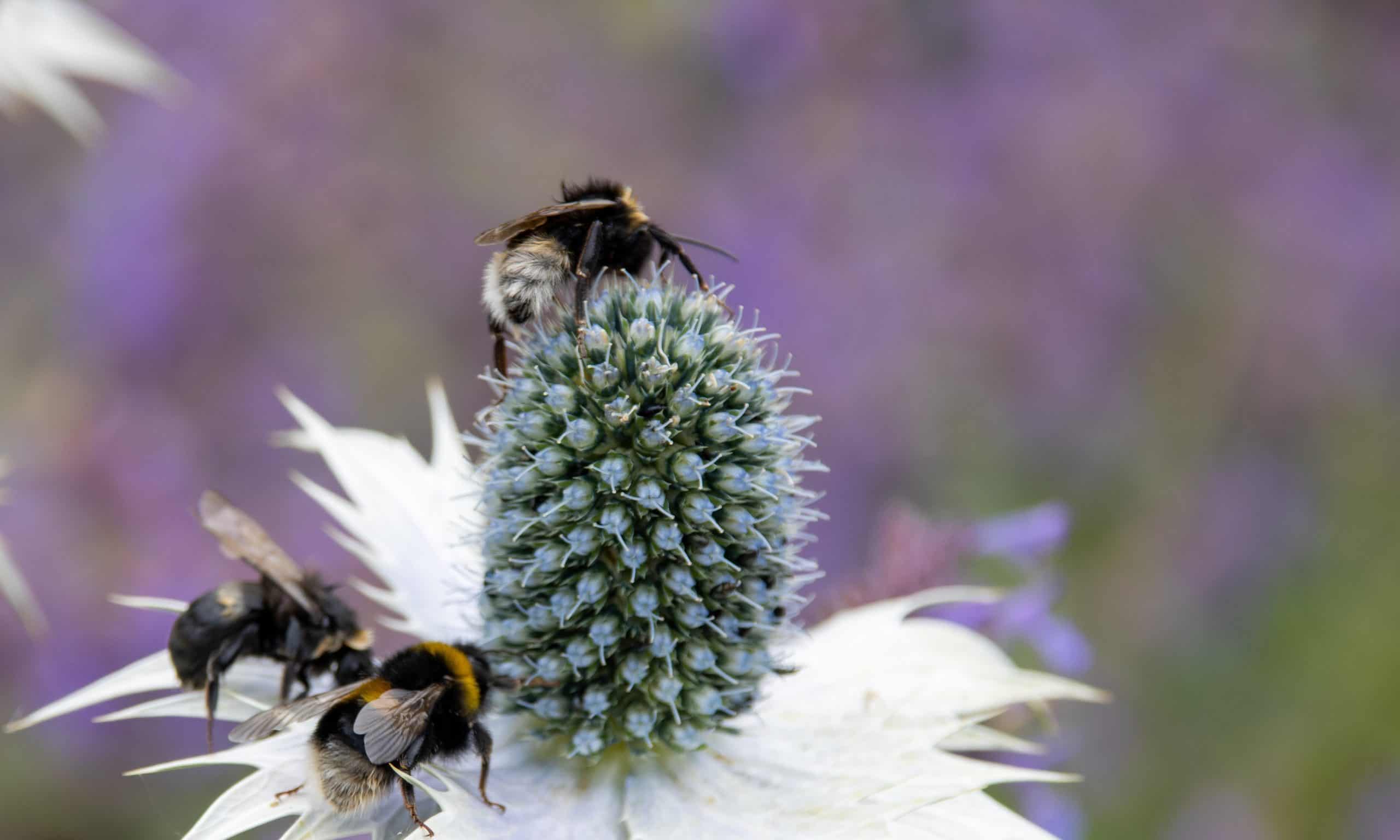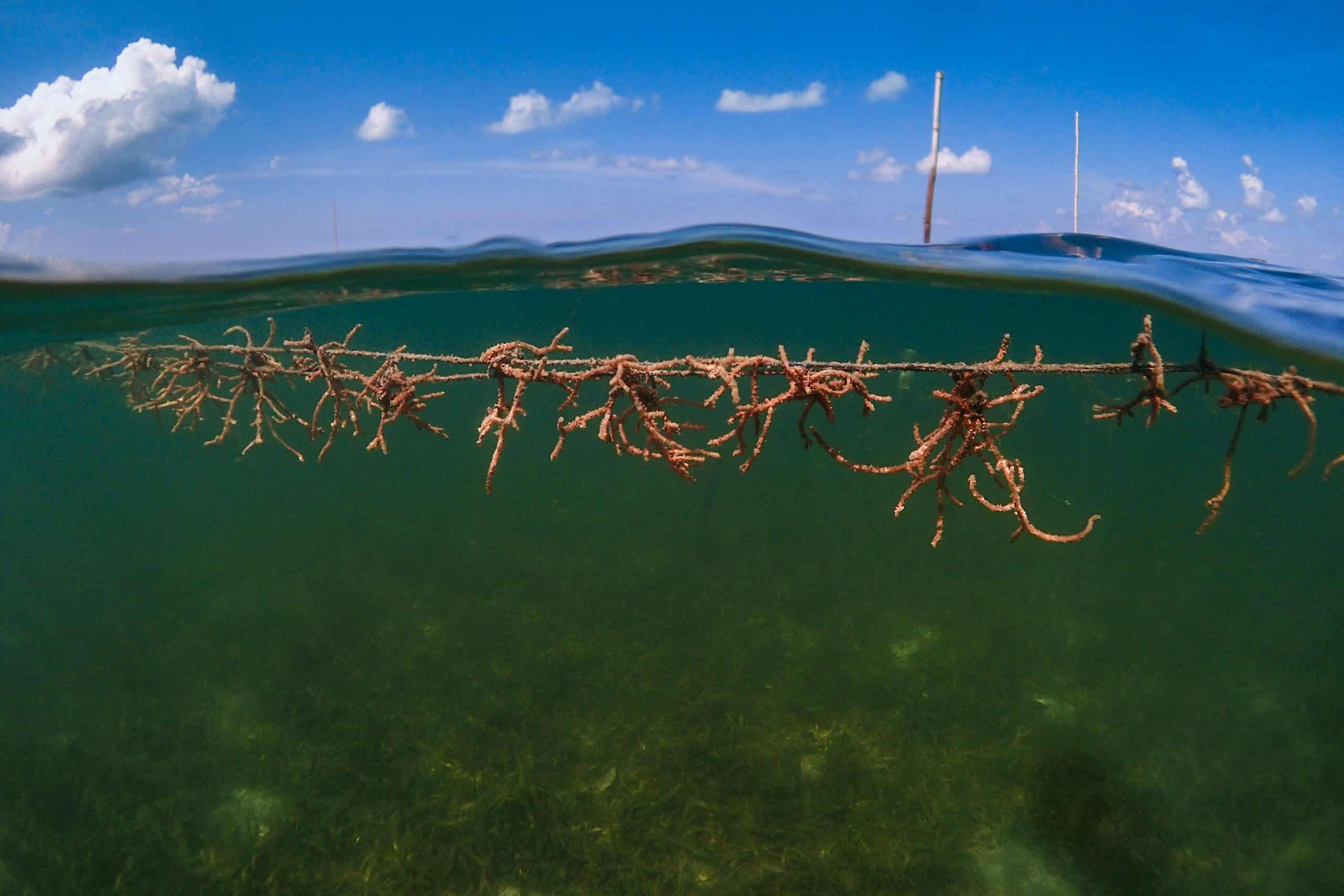Habitats need their full range of animals participating in ecological functions to work properly as a habitat and ecosystem service provider. An important service is carbon sequestration, which is dependent on wildlife’s role in maintaining balanced ecosystems. Protection of wild animals is therefore not only crucial for biodiversity but also vital for mitigating climate change through the carbon cycle. For instance, whales enhance the ocean’s carbon sequestration through the “whale pump.” They consume from ocean depths, then release nutrients near the surface in their waste, stimulating phytoplankton growth and its carbon capture. On land, large herbivores like forest elephants can facilitate the growth of carbon-absorbing plants by grazing and spreading seeds of long-lived tree species that store more carbon. Similarly, predators like wolves and sea otters regulate herbivore populations, preventing overgrazing and ensuring vegetation can thrive and absorb carbon. By safeguarding wildlife, we support these natural processes that are indispensable in capturing and storing carbon, thus reducing atmospheric CO2 levels and mitigating the effects of climate change.
In addition to supporting climate change mitigation, this policy action aids the delivery of the Kunming-Montreal Global Biodiversity Framework, particularly Target 5, which aims to ensure that wild species of fauna and flora are harvested, traded, and used sustainably, legally, and safely.
Measures
Tackling the trafficking of terrestrial and marine wildlife is essential to reduce ecosystem disruption, protect biodiversity, mitigate climate change impacts on natural habitats, and reduce the risk of infectious disease emergence and transmission to humans. Wildlife crime is often serious, transnational organised crime, facilitated by corruption across global supply chains and frequently converges with other organised crimes such as drug trafficking and money laundering.
- Adopt a law enforcement approach to effectively prevent and combat wildlife crime and associated corruption, including:
- Develop stronger anti-poaching and anti-trafficking laws.
- Implement and enforce anti-poaching and anti-trafficking laws, including through patrols to protect wild animals from illegal hunting and trade.
- Use advanced law enforcement methodologies applied in other types of serious organised crime, including special investigative techniques, intelligence analysis, financial investigations, international cooperation, and deterrent sentences, to effectively target high-level offenders.
- Enhance cross-sectoral collaboration and multistakeholder initiatives including public and private sector entities (including financial institutions), and civil society organisations to tackle wildlife crime and associated illicit financial flows and corruption.
- Strengthen international cooperation to combat illegal wildlife trade. This includes supporting the development of an international agreement on tackling wildlife trafficking embedded in the criminal legal framework.
- Promote greater coordination between UN bodies and conventions focused on climate change, biological diversity, organised crime, and corruption, to increase impact in addressing these interconnected threats.
Ensure any legal trade (including fisheries) is based on up-to-date, sound, scientific evidence and is ecologically sustainable, humane, and safe. Reducing hunting and the removal of wildlife is essential to supporting healthier wildlife populations. Establish safeguards to prevent negative impacts on wildlife populations or ecosystems, and apply the precautionary principle at all times in favour of protecting wildlife
Adopt a One Health approach in wildlife, animal agriculture, and public health management to prevent the transmission of pathogens between animals and humans. By recognizing the interconnectedness of human, animal, and environmental health, these strategies can reduce zoonotic spillover risks, which are exacerbated by activities like commercial live animal trade and wet markets. Such practices not only threaten human health but also decimate wild animal populations that play essential roles in carbon sequestration and ecosystem resilience. The ongoing avian flu crisis is a stark illustration of this. Reducing unsafe interactions between humans and animals will help prevent the emergence of infectious diseases, safeguard biodiversity, and preserve critical natural systems that contribute to climate change mitigation.
Examples
In 2022, the Government of Albania extended a five-year hunting moratorium following their positive assessment of previous bans implemented from 2014-2016 and 2016-2021. According to government evaluations, these measures significantly benefited wildlife, particularly wild birds. Annual censuses between 2016 and 2021 revealed that the wild bird population in Albanian habitats doubled from 60,000 to 140,000. This extension aims to continue reducing hunting pressure and supporting wildlife conservation efforts. Read more.
Albania’s diverse habitats and position along a major migratory flyway have made it a prime target for hunting. Before the moratorium in 2014, the country was a popular destination for foreign hunters targeting not only game species but also endangered birds such as eagles and cranes. The government’s suspension of hunting licenses and hunting area use aimed to address these issues. Organised hunting tour operators, hunters’ associations, or hunters’ federations found in violation can be fined between 6,500 euros and around 8,200 euros, with repeated offences resulting in the removal of hunting permits and confiscation of hunting weapons.
Despite the positive trends, organisations like FOUR PAWS, Birdlife, and PPNEA have reported ongoing challenges in enforcing legislation on hunting, fauna, biodiversity and protected areas, highlighting the need to invest in the implementation of stringent wildlife protection laws and public education on animal protection to ensure the continued recovery of wildlife populations.
Project Tiger, launched by the Government of India in 1973, is an example of a successful approach to protecting endangered species while eliminating wildlife crime. Through the establishment of dedicated tiger reserves, the project has implemented robust anti-poaching laws and enforcement mechanisms, including specialised anti-poaching squads and continuous monitoring of tiger populations. India’s tiger population has almost doubled since the launch of Project from a population of approximately 1,827 tigers in 1973 to about 3,167 tigers in 2022. The initiative has also significantly increased the number of protected ecosystems, from nine protected areas designated as tiger reserves in 1973 to 53 across more than 75,000 square kilometres as of 2023. Read more.
Additionally, Project Tiger serves as an example of the carbon sequestration co-benefits of a species conservation strategy. Through the project, reserves must put in place plans to combat poaching, regulate the extraction of forest products and generate alternate local livelihoods that are not dependent on forest products or poaching.
Recent research indicates that if 6,000 hectares of forest area had not been reserved under the Project Tiger from 2007 to 2020, an additional 1.2 million tonnes of carbon would have been emitted into the atmosphere.
Research estimates that USD 92.5 million has been saved due to potential damages to human health, agriculture, property and the environment that the additional carbon emissions would have caused.
This is an example of how scientifically driven, coordinated international wildlife protection measures can lead to the recovery of wildlife populations. In 1982, the IWC instituted a moratorium on commercial whaling, which came into force in 1986. This decision was driven by advice from its Scientific Committee, which highlighted dramatic declines in whale populations. Although there are some loopholes, such as scientific whaling and allowances for aboriginal subsistence whaling, the moratorium has largely been successful, allowing whale populations to stabilise and increase in certain regions. For instance, the humpback whale population in the Western South Atlantic has shown a significant recovery, nearing its pre-whaling numbers. This success highlights the effectiveness of strict protection measures and the potential for wildlife populations to rebound when given adequate protection and management.
An agreement between the IWC and the Convention on International Trade in Endangered Species (CITES), which bans the trade of great whale species, has largely restricted market access for whale products.
Originally a wild green turtle farm, this facility transitioned into a research, rehabilitation, and education centre, highlighting how sustainable shifts can aid wildlife conservation. The centre now conducts rescue operations, supports marine research, and educates 100,000 visitors annually. This centre’s transition has been associated with positive conservation outcomes, including an increase in wild turtle populations in the region, demonstrating the role of rehabilitation and research in wildlife recovery.
A notable example of preventing pathogen spillover is Bogotá’s prohibition of live animal sales in marketplaces. The city utilised a sanitary norm, initially designed to maintain food hygiene, to ban the presence of live animals where food is produced, stored, and sold. This measure reduces the risks of zoonotic diseases while also improving animal welfare. The legislation also regulates the sale of domestic animals in other establishments, making it a comprehensive approach to protecting both human and animal health.







